Designing a functional kitchen can be a tricky task, and even the best intentions can lead to common mistakes. According to top designers, many homeowners overlook crucial layout details. From inadequate lighting to poorly placed appliances, these errors can significantly impact your kitchen’s efficiency. In this article, we’ll explore the most frequent kitchen layout mistakes and how to avoid them.
Ignoring the Work Triangle
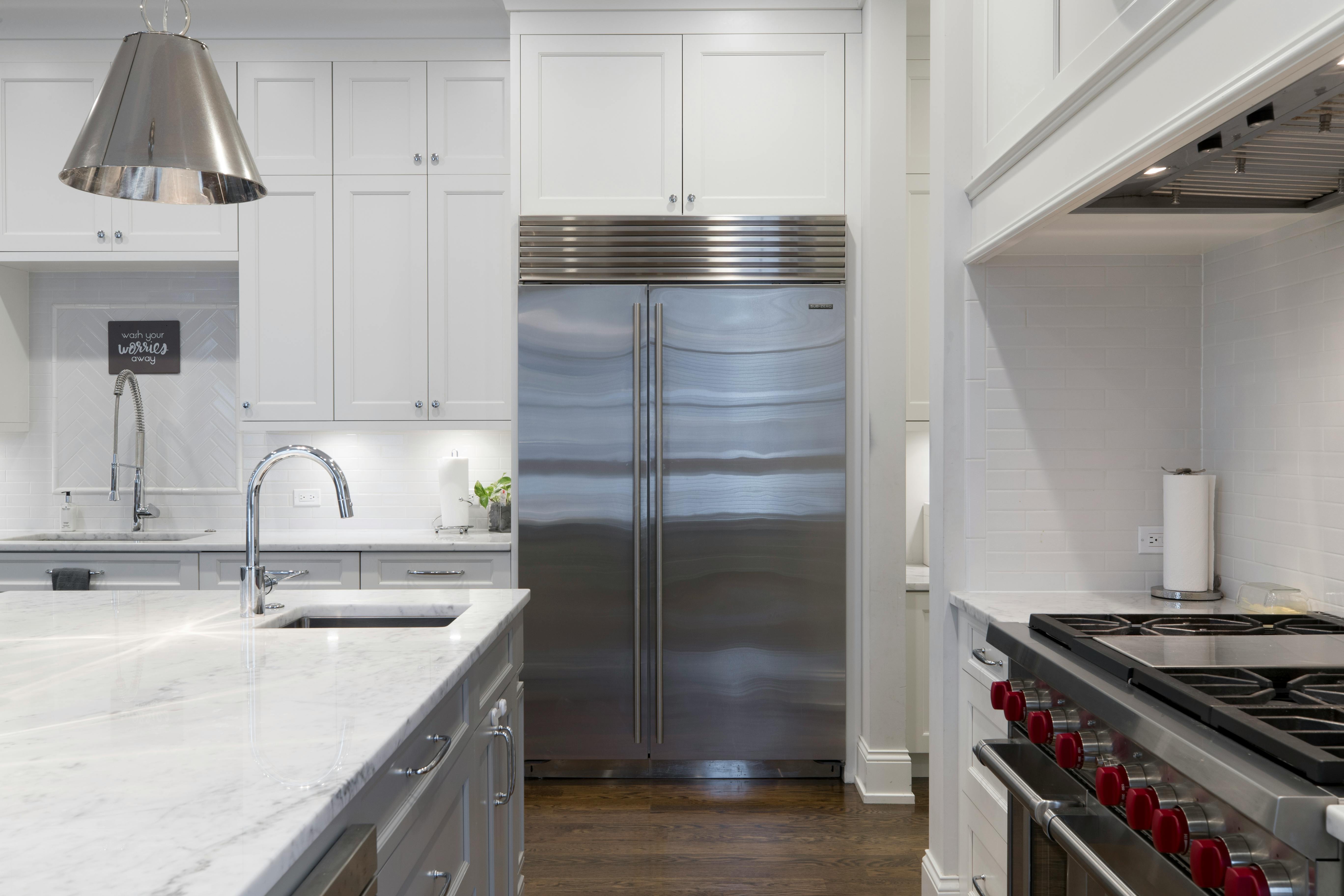
The work triangle connects the sink, stove, and refrigerator, the three most-used areas in a kitchen. Many people place these elements too far apart or too close together, disrupting the flow. This mistake can lead to inefficient cooking processes and extra steps. Properly positioning these key points ensures a smoother kitchen experience.
Lack of Counter Space
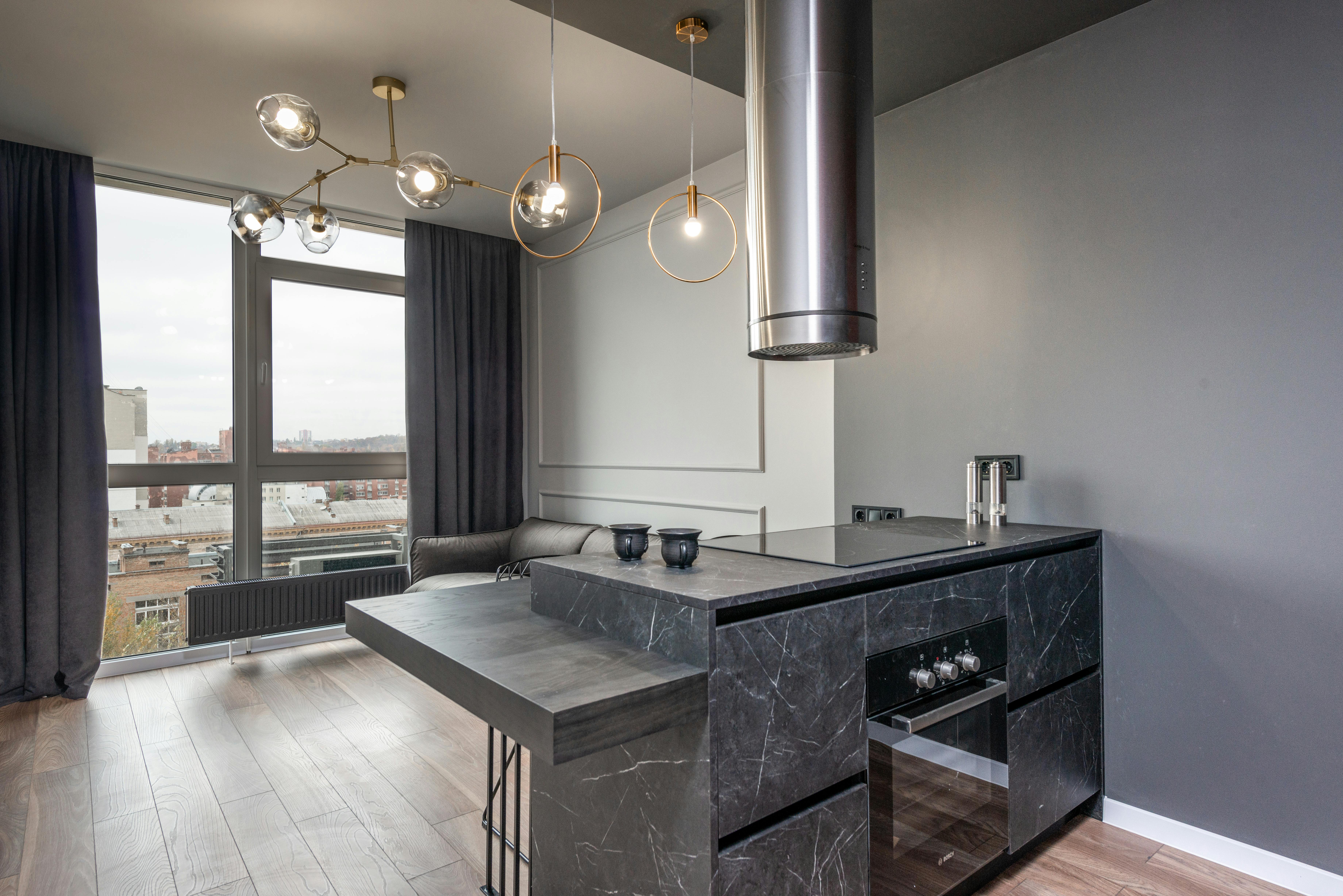
Counter space is crucial for food preparation and serving. Often, people underestimate the amount needed, leading to cluttered and cramped conditions. This oversight can make cooking stressful and unorganized. Plan for ample counter space to keep your kitchen functional and neat.
Insufficient Lighting
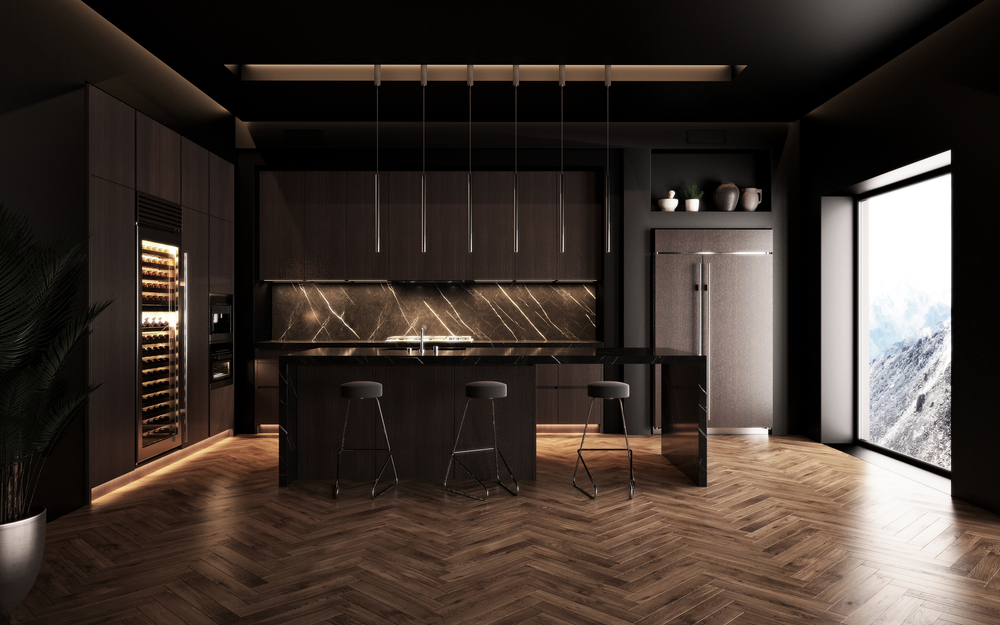
A well-lit kitchen is essential for safety and efficiency. Many homeowners rely solely on overhead lighting, which can create shadows and inadequate illumination. Incorporating task lighting under cabinets and over work areas can significantly improve visibility. Layered lighting ensures every part of your kitchen is bright and functional.
Poor Ventilation
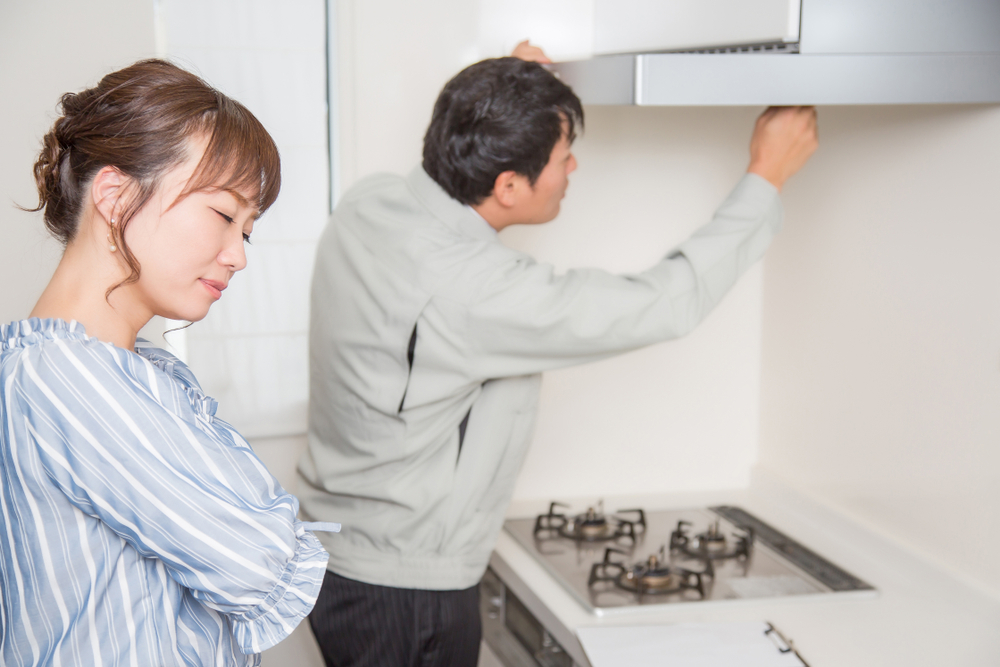
Good ventilation is vital to remove cooking odors, smoke, and heat. Some kitchens lack proper ventilation systems or have underpowered range hoods. This can lead to lingering smells and an uncomfortable environment. Invest in a quality ventilation system to maintain air quality and comfort.
Overlooking Storage Needs
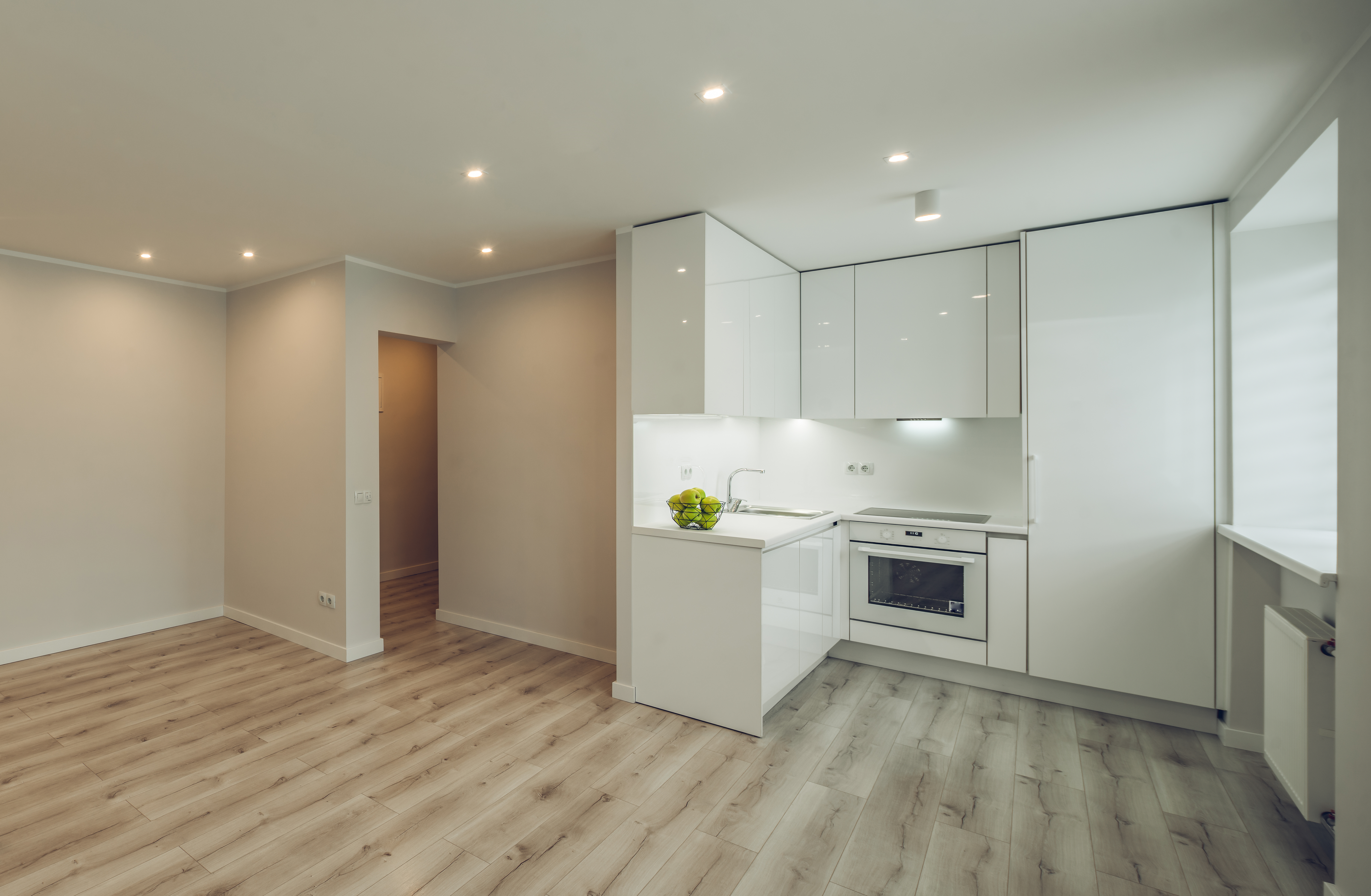
Storage is often underestimated in kitchen design, leading to cluttered countertops and disorganization. People sometimes forget to include enough cabinets, drawers, and pantry space. Efficient storage solutions help keep your kitchen tidy and items easily accessible. Consider pull-out shelves, lazy Susans, and drawer organizers.
Inadequate Electrical Outlets
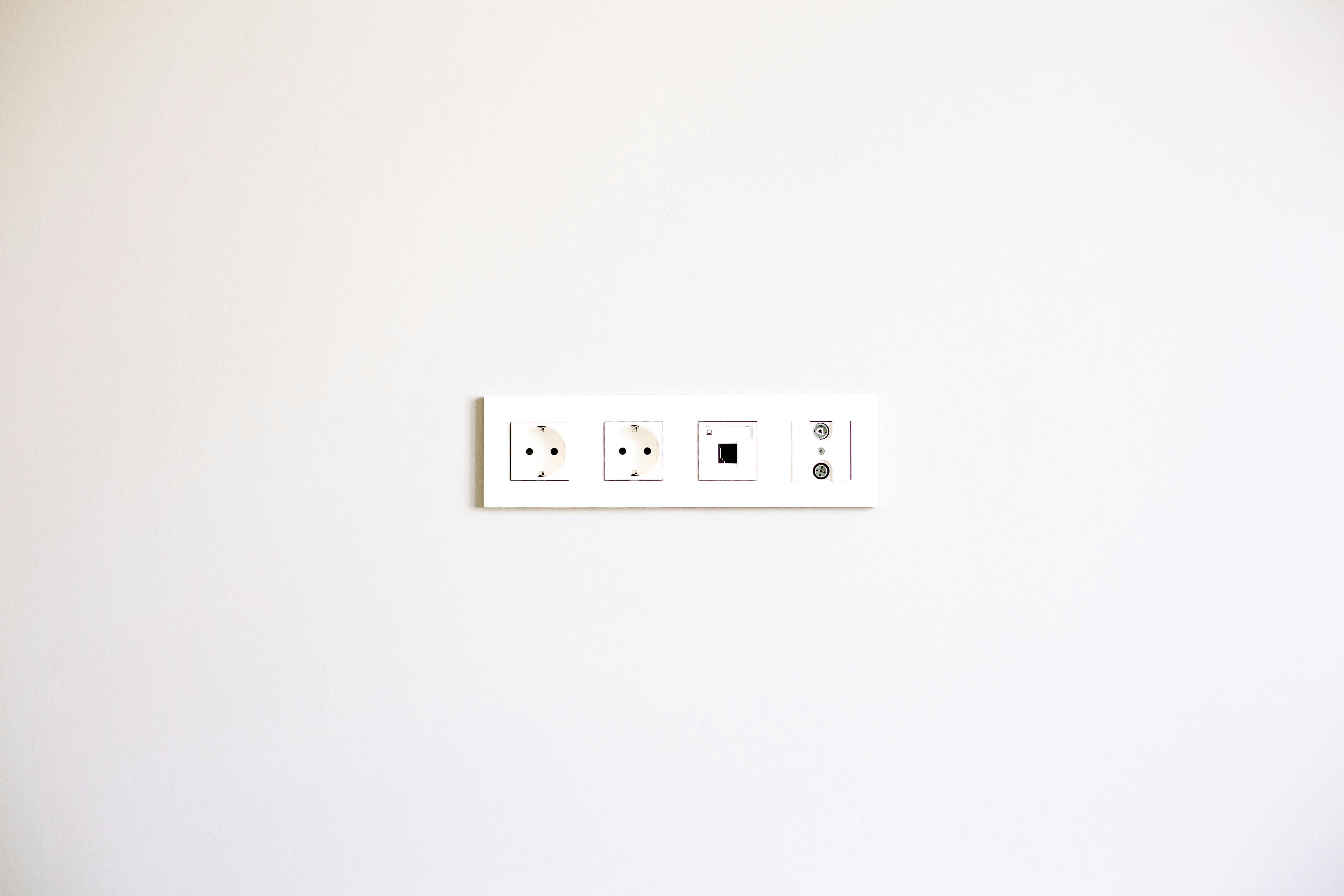
Modern kitchens require multiple electrical outlets for various appliances. Many older kitchens have too few outlets, forcing people to use extension cords and power strips. This can be inconvenient and hazardous. Plan for sufficient outlets, especially in key areas like countertops and the island.
Choosing Style Over Function
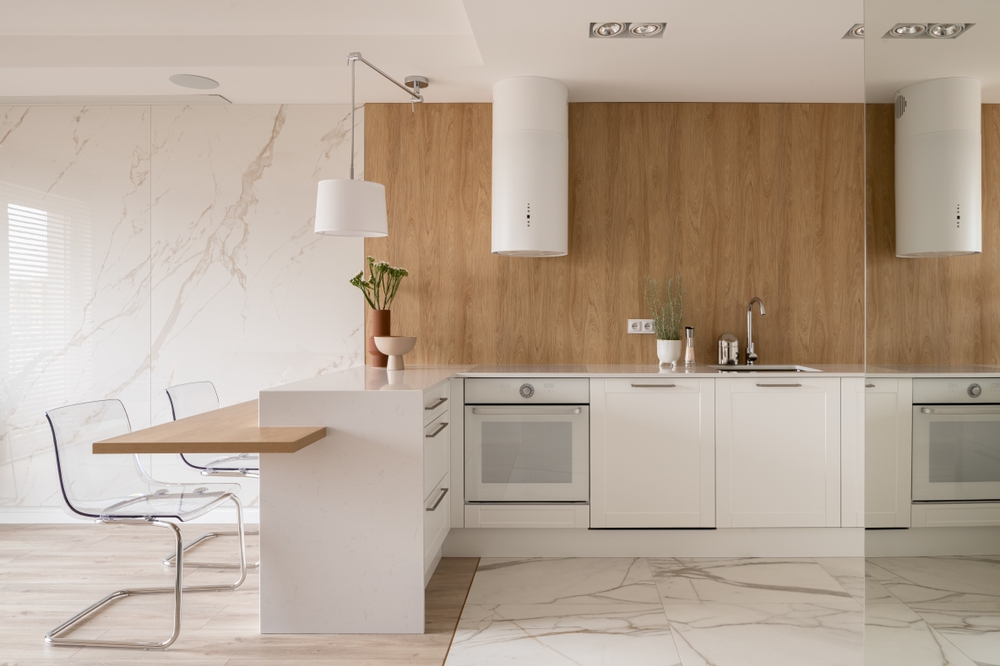
While aesthetics are important, prioritizing style over function can lead to impractical choices. Shiny surfaces and trendy designs might look great but could be hard to maintain. Balance beauty with practicality by choosing materials and layouts that are both stylish and functional.
Improper Island Placement
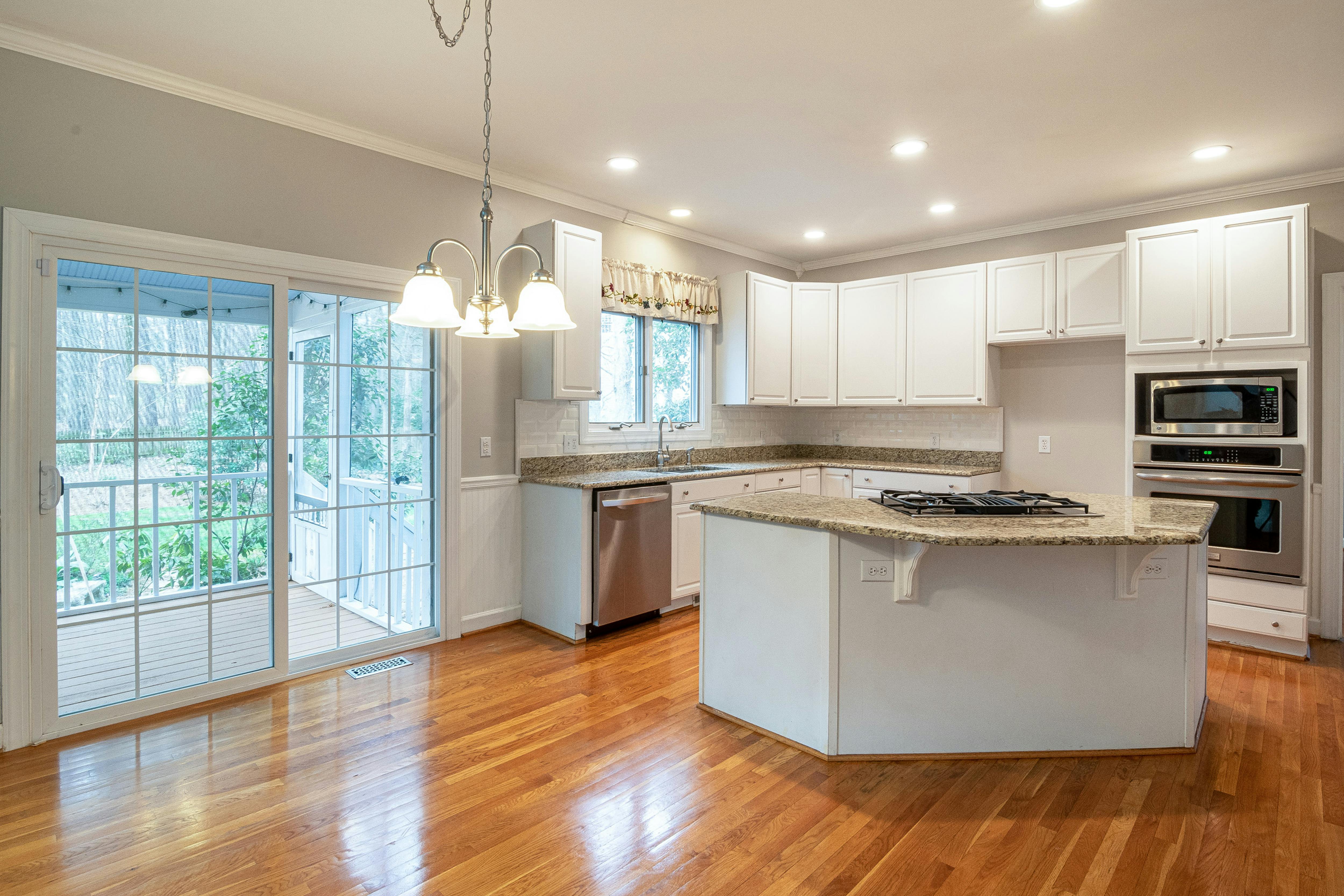
Kitchen islands are popular but often improperly placed. An island that’s too large or poorly positioned can obstruct traffic flow and work areas. Ensure your island complements the kitchen’s layout and doesn’t disrupt the natural movement. It should enhance, not hinder, your kitchen’s functionality.
Not Planning for Recycling

Recycling is a key part of modern kitchen management, yet many designs overlook it. People often don’t allocate space for sorting recyclables, leading to clutter. Integrate dedicated recycling bins and areas into your design. This makes managing waste straightforward and environmentally friendly.
Misplacing the Microwave

Microwaves are essential, but their placement is often an afterthought. Placing it too high or too low can be inconvenient and unsafe. Ideally, position the microwave at or just below eye level for easy access. This ensures it’s both practical and safe to use.
Inconsistent Design Elements
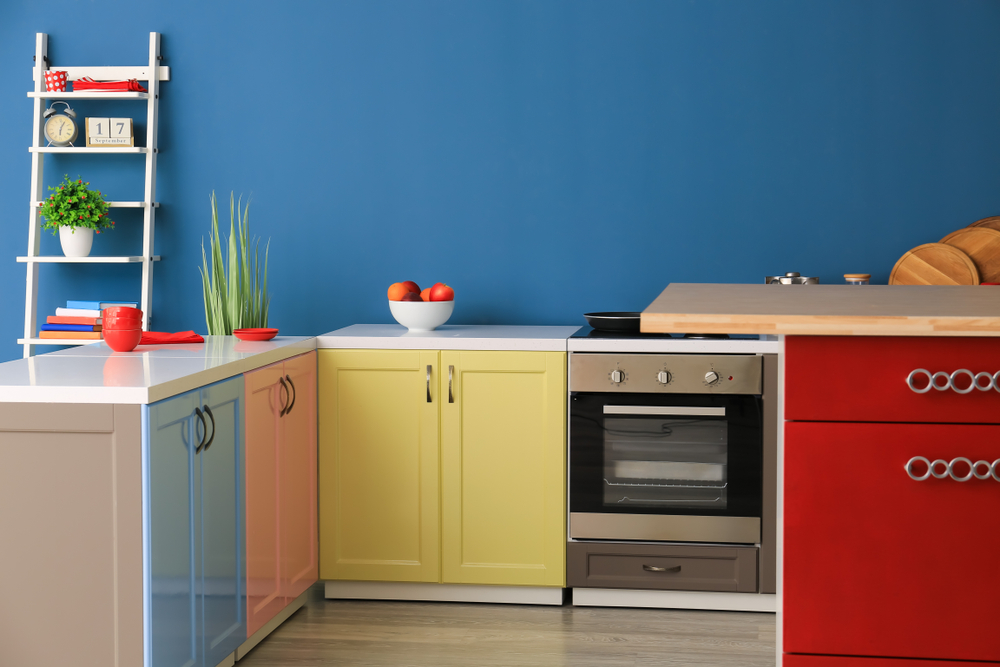
A cohesive kitchen design brings all elements together harmoniously. Sometimes, people mix too many styles, colors, and materials, creating a disjointed look. Consistency in design helps create a unified and appealing space. Choose complementary elements to achieve a balanced aesthetic.
Skimping on Quality Materials

High-quality materials can make a significant difference in the longevity and appearance of your kitchen. Cutting corners with cheap materials might save money initially but can lead to frequent repairs and replacements. Invest in durable, high-quality options for a kitchen that stands the test of time.
Not Maximizing Vertical Space
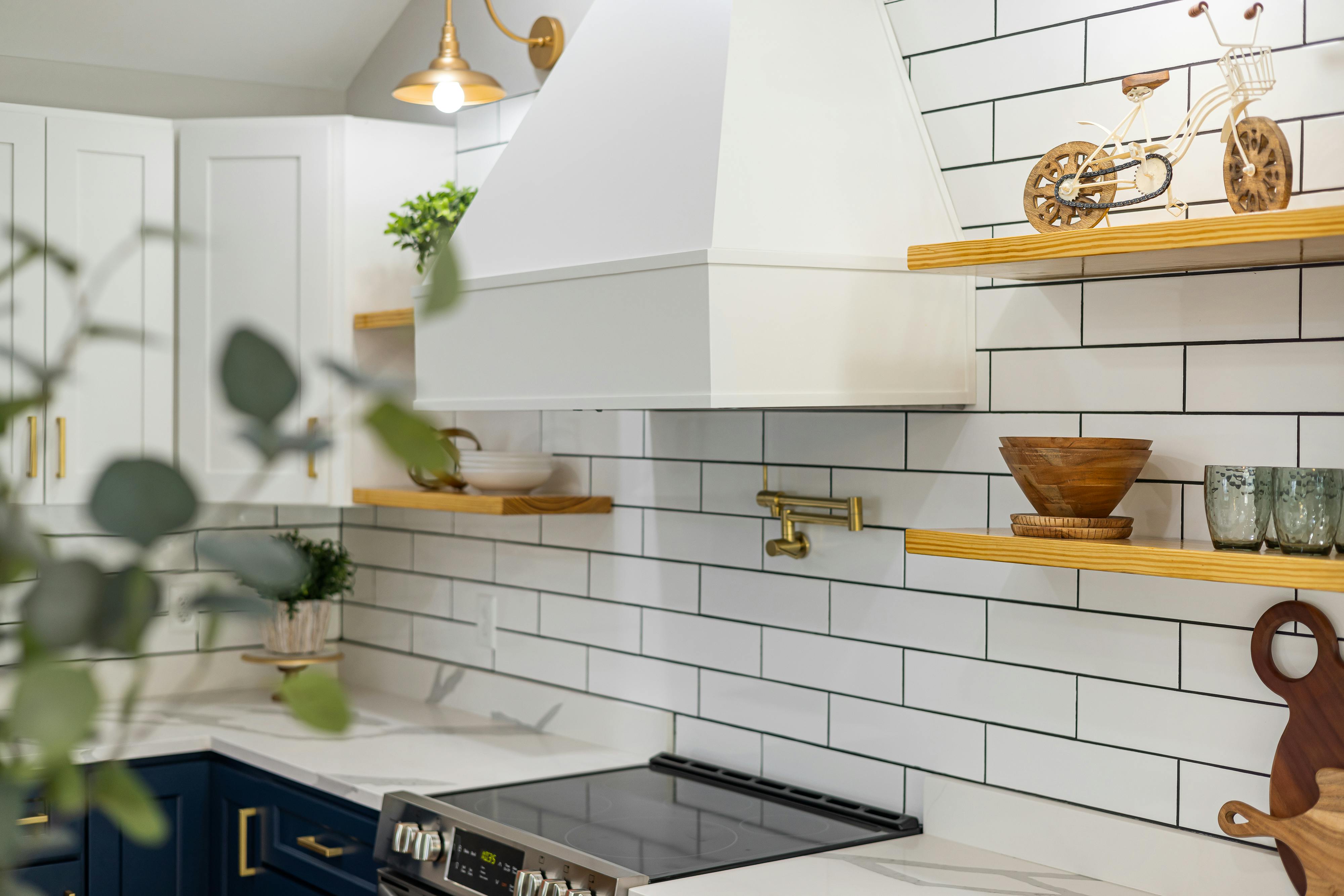
Vertical space is often underutilized in kitchen design. People focus on lower cabinets and counters, missing out on potential storage above. Use tall cabinets and shelves to make the most of your kitchen’s height. This maximizes storage and keeps your kitchen organized.
Forgetting About Clearance Space

Adequate clearance space is crucial for a functional kitchen. People often forget to leave enough room for doors, drawers, and appliances to open fully. This oversight can lead to cramped and unusable spaces. Ensure there’s sufficient clearance around all moving parts to maintain ease of use.
Neglecting the Backsplash
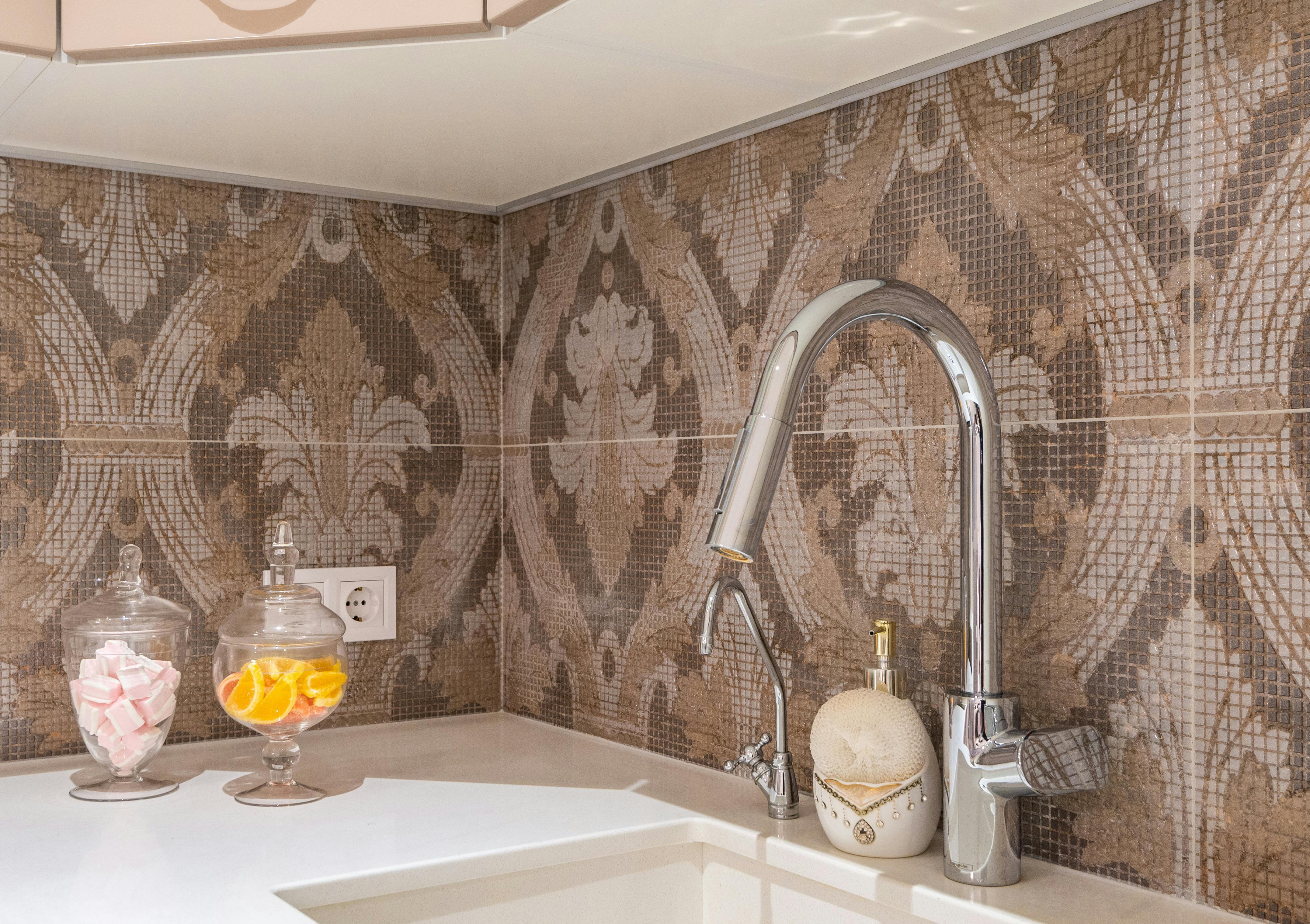
The backsplash is more than just a design element; it protects walls from spills and splatters. Some people skip this feature or choose materials that are hard to clean. A practical backsplash combines style with easy maintenance. Opt for materials that are both attractive and simple to keep clean.
Overloading the Kitchen with Appliances
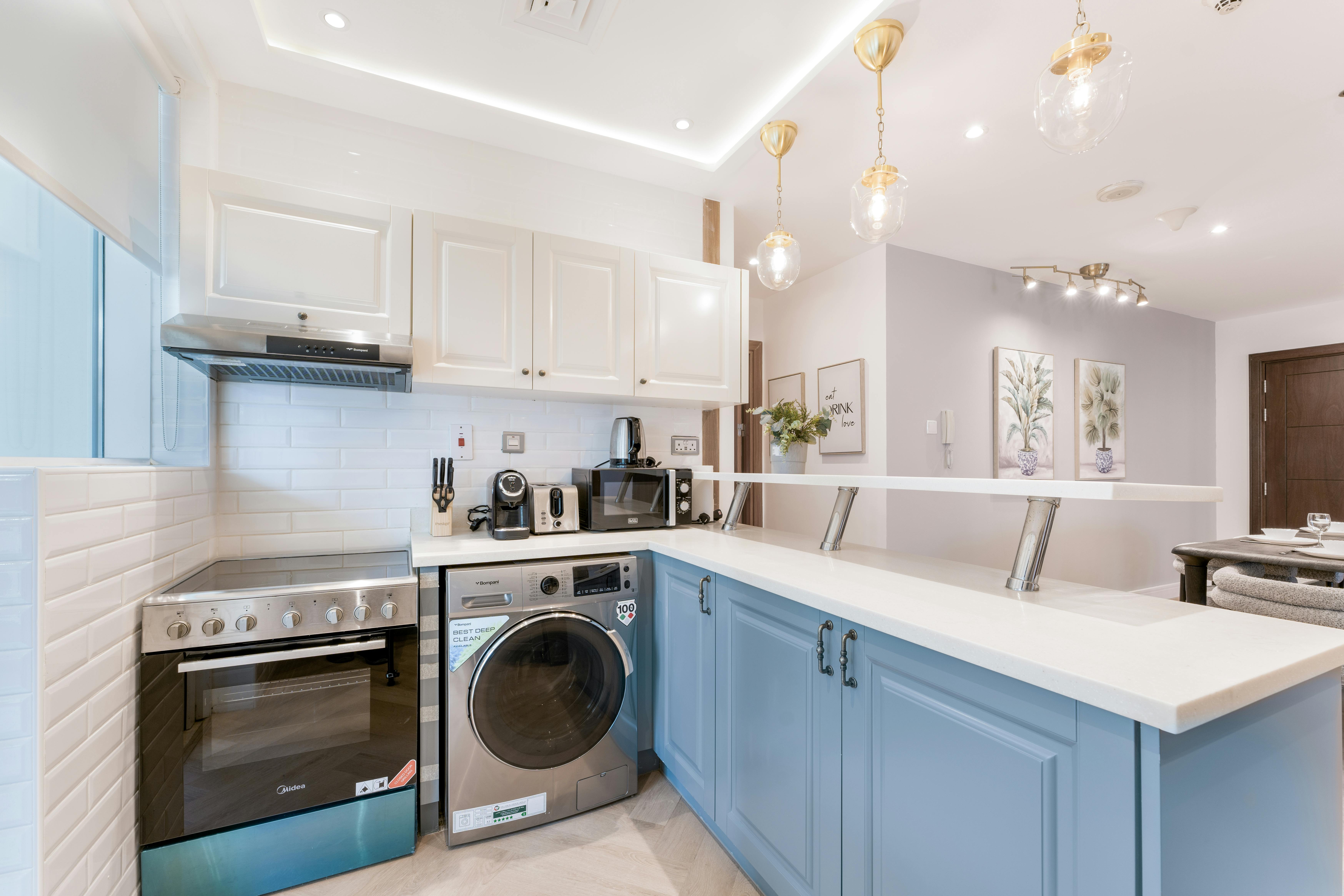
A kitchen cluttered with too many appliances can feel chaotic and cramped. People often buy every gadget they think they need, filling every inch of space. This can limit workspace and create a messy environment. Choose essential appliances wisely and find a balance between functionality and space.
This article originally appeared on UnifyCosmos.
More from UnifyCosmos
20 Fun Activities to Do with Kids at Home

Staying at home with kids can be both a challenge and an opportunity for fun and creativity. With a little planning, you can turn any day into an adventure. Read More
How to Identify and Treat 10 Different Types of Acne

Acne is a common skin issue, but not all acne is the same. Knowing what kind you have can help you treat it more effectively. Read More
10 Iconic Red Carpet Dresses That Changed Fashion History
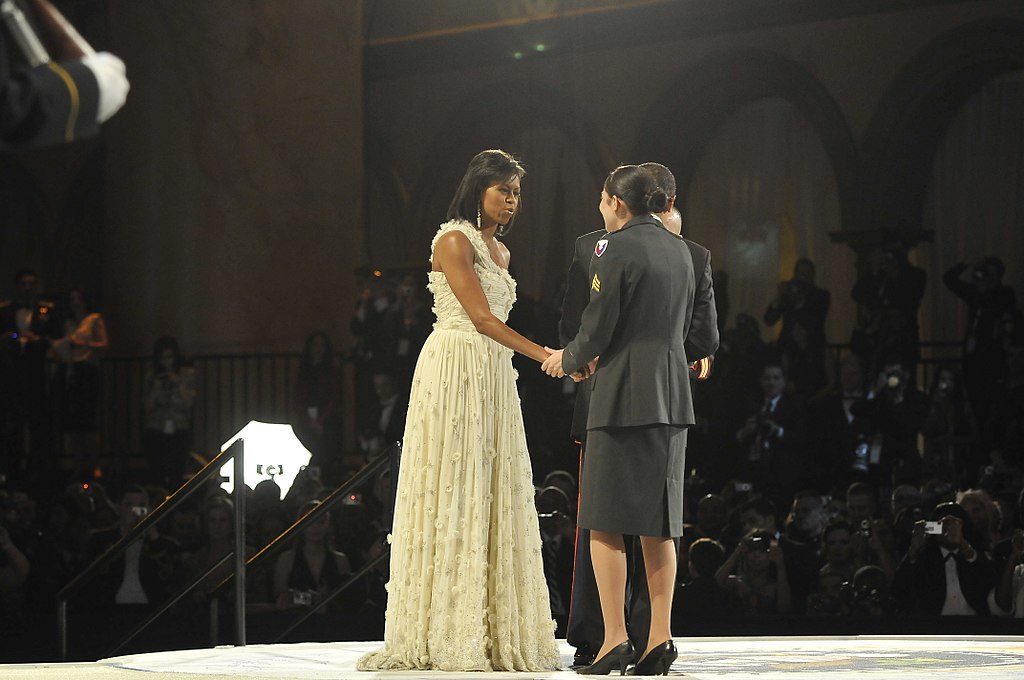
Red carpet fashion isn’t just about glamour; it sets trends and makes history. These 10 dresses didn’t just make headlines—they left a lasting impact on the fashion world. Read More
Leave a Reply